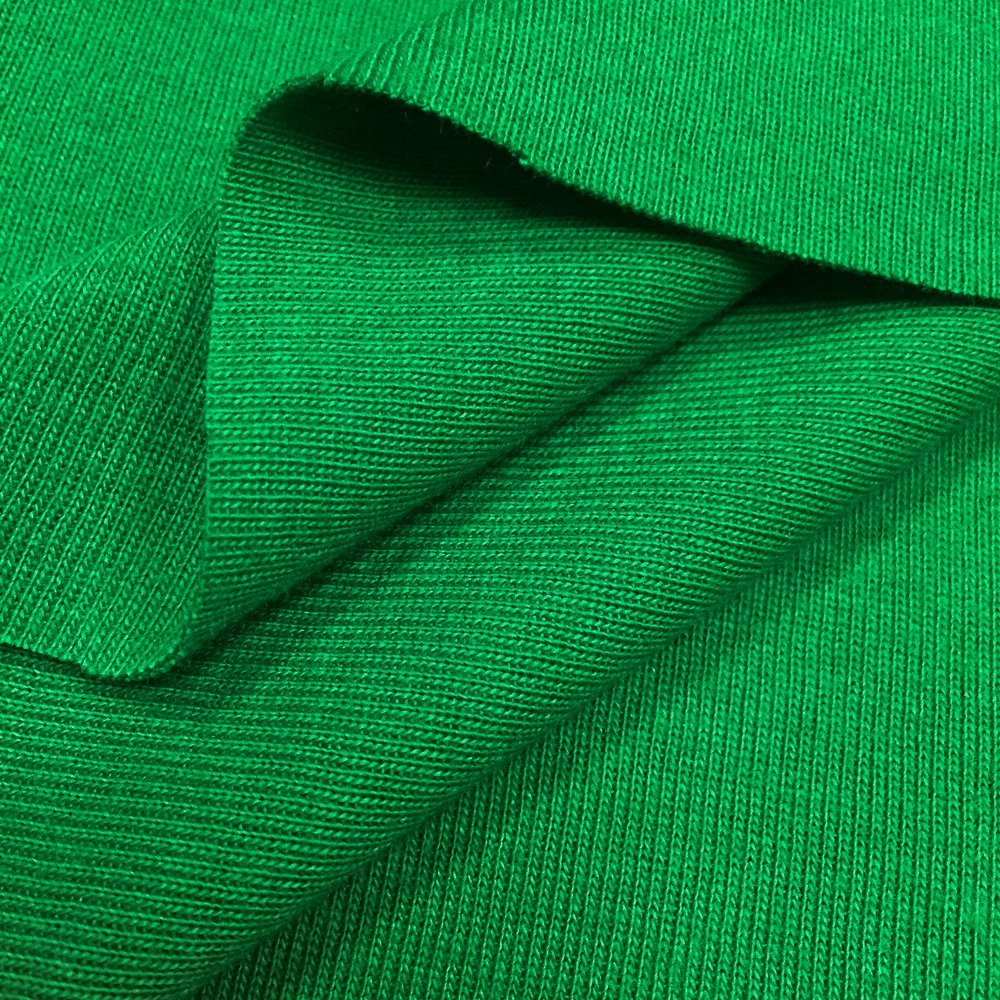When purchasing garments, or looking for texture, your first idea may not really be; “the place did this texture originate from?” however perhaps it should.
It is anything but difficult to fly into a store, go after the most popular trends and not address what it is produced using. In the event that it fits, looks great and doesn’t cost the earth, at that point we ordinarily think of it as a success. Over to the loopnet fabric wholesale checkout we go!
- Pondering what texture your garments are produced that regularly goes similarly as; is it produced using cotton, silk, or polyester?
- There are an abundance of textures and materials accessible and everyone has its own attributes. They likewise have their own arrangements of positive and negative attributes and reasons why they are utilized. Be that as it may, do you ever stop to address if the texture utilized is in reality bravo? For you, however the planet?
We know, it is a ton to consider when you are simply hoping to refresh your closet or leave on another art venture. However, the subject of common textures is an enthusiastic and significant one, and we need to dig further into its layers.
What are regular textures?
Materials produced using normal strands are known as characteristic textures. Utilized for hundreds and even a huge number of years, some common materials include:
Material – the most established texture known. Opposes daylight, tight and non-allergenic
Cotton – the most adaptable texture. Additionally delicate and hypoallergenic
Hemp – gets from the cannabis plant. Strong and solid, holds its shape well, normally impervious to form
Silk – a protein-based fiber spun by the silkworm. It is solid, wraps well, breathable, hypoallergenic and has an excellent regular radiance
Cashmere – a fiber acquired from cashmere goats and different kinds of goats. Rich, delicate, satiny, smooth and extremely warm
Fleece – a protein-based fiber. It is strong, warm, adaptable and colors well
Jute – a fiber. Long and sparkling filaments spun to make coarse, solid strings. 100% biodegradable and recyclable
Bamboo – strands got from the bamboo plant. Excessively delicate, breathable, solid and simple to think about
Mohair – gets from the Angora goat. Warmth managing properties
Calfskin – creature based item. High rigidity, impervious to tear, solid, sturdy, smooth
As should be obvious loopnet fabric, the rundown incorporates strands got from the two creatures and plants. Strands are spun to make yarns, which are made into textures. We utilize these materials to make everything from attire to upholstery, to decorations. We even use them in different regions, for example, mechanical and therapeutic fields.
Focal points of regular textures
Bravo and extraordinary for the earth, normal textures can completely positively affect both.
Just as being ecologically maintainable, most of common textures are biodegradable, dampness wicking, breathable, tough, heat-responsive and normally repellent to form and soil. Filaments, for example, cotton likewise have the alternative of being developed naturally, which, albeit increasingly costly to create and buy, guarantee that the utilization of pesticides and synthetic compounds isn’t utilized in its generation.
High retention characteristics in common materials are a gigantic in addition to. The dampness wicking capacities permit ventilation through the texture, to pull moistness away from the skin leaving you feeling dry. Along these lines, in the event that you are inclined to feeling hot, or specifically during the hotter months, textures, for example, cotton and material will help keep you cool and agreeable.
What makes regular textures useful for delicate skin?
Numerous individuals are brought into the world with delicate skin, or sensitivities, which can be declined by wearing manufactured strands. Materials, for example, polyester, nylon and thick can make exceptionally touchy skin respond gravely, causing rashes, skin aggravations and the sky is the limit from there.
Materials, for example, cloth, silk and cotton are normally hypoallergenic. They additionally have extraordinary enemy of bacterial characteristics, along these lines making them perfect for delicate or sensitivity inclined skin. For infant and infant skin, wearing these textures is perfect. Nearly destined to be benevolent to infant’s skin are the delicate quality and hypoallergenic characteristics.





